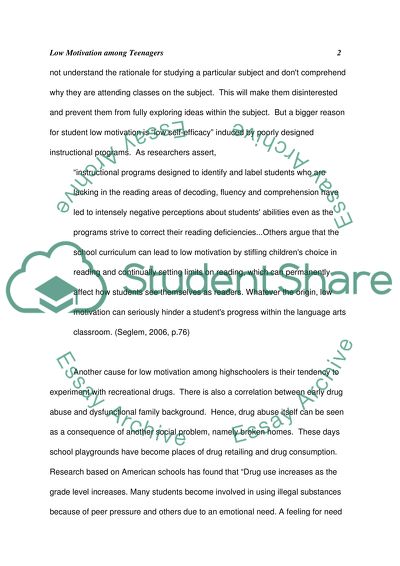Cite this document
(“The causes and consequences of low motivation of teens and possible Research Paper”, n.d.)
Retrieved from https://studentshare.org/family-consumer-science/1409467-the-causes-and-consequences-of-low-motivation-of
Retrieved from https://studentshare.org/family-consumer-science/1409467-the-causes-and-consequences-of-low-motivation-of
(The Causes and Consequences of Low Motivation of Teens and Possible Research Paper)
https://studentshare.org/family-consumer-science/1409467-the-causes-and-consequences-of-low-motivation-of.
https://studentshare.org/family-consumer-science/1409467-the-causes-and-consequences-of-low-motivation-of.
“The Causes and Consequences of Low Motivation of Teens and Possible Research Paper”, n.d. https://studentshare.org/family-consumer-science/1409467-the-causes-and-consequences-of-low-motivation-of.


